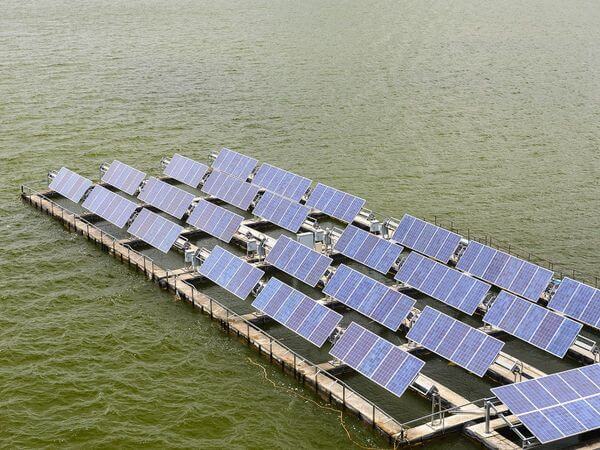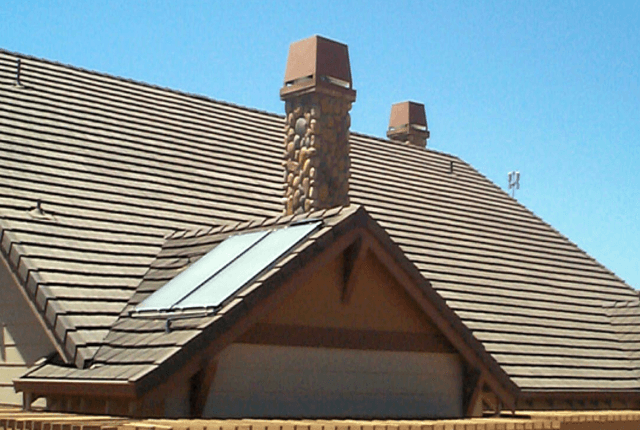Asian developers or utilitarians are rapidly interested in constructing renewal energy plants that could be integrated into existing power grids or functions to expand universal electrification. Solar Floating Power Plant is one such area of innovation that works out finally. It is an interesting technology that varies from land-based solar arrays that still exist in many Asian countries.
Key Facts for Solar Floating Power Plant
- Unlike regular solar energy generation which vastly relies on large areas for photovoltaic, this modern technology called ’solar floating power plant’ can address the land acquisition issue effectively.
- “Floating solar plant, also tagged photovoltaics, refers to a solar power production installation mounted on a structure that floats on a body of water, typically an artificial basin or a lake.” — Wikipedia.
- Countries that first registered patents for floating solar were America, Denmark, French, Italy and Japan.
- The Solar Floating System can be divided into two categories:
- FPV (floating photovoltaic)
- Floating Concentrated Solar Power.
- FPV uses photovoltaic panels mounted on the source, whereas CSP uses mirrors that redirect the solar power to a tower.
- In India, the first floating solar plant was installed in 2014 in Kolkata, West Bengal.
Advantages of Solar Floating Power Plant

(Source: Times Now News)
Solar energy is usually eco-friendly and sustainable. When it comes to floating solar panels, the installation process takes place in the body of water. As a result, it can reduce evaporation from artificial water resources (e.g ponds, reservoirs, lakes etc). This modern technology is efficacious for drought regions where water lessens due to evaporation.
- The shade produced by the solar system can prevent the growth of algae, which grows in freshwater. Algae is dangerous for human health if water is served for drinking purposes.
- Floating solar panels are used as a clean source of renewable energy. You may already know such renewable energy technologies reduce the emission of greenhouse gases. It is safe to say, installing floating solar panels can save the environment from pollution.
- The biggest advantage of all— installing floating solar panels does not require huge land space. Floating solar plants are usually installed in unused spaces. It allows landowners to make the fairest use of unused land. Installing floating solar panels on water bodies eliminate the need for tree removal, which usually occurs when larger solar panel installation takes place.
- Floating solar plants keep the solar-powered systems cool down. It shows floating solar panels are applicable in hot climates.
However, you might not reject the downsides of installing floating solar panels which usually cost higher than traditional solar panels but it may drop as technology advances. Unlike traditional solar panels, floating solar panels expect specialised solar power equipment and proper niche solar panel installation knowledge.
It is assumed that floating solar is valuable and cost-effective for utility companies, large-scale communities and municipalities. For individual uses, it is better to get a rooftop solar panel installation or ground mount solar panels. Poorly, solar panel installation companies and developers are more interested in installing large-scale solar panels rather than small-size solar panels.





